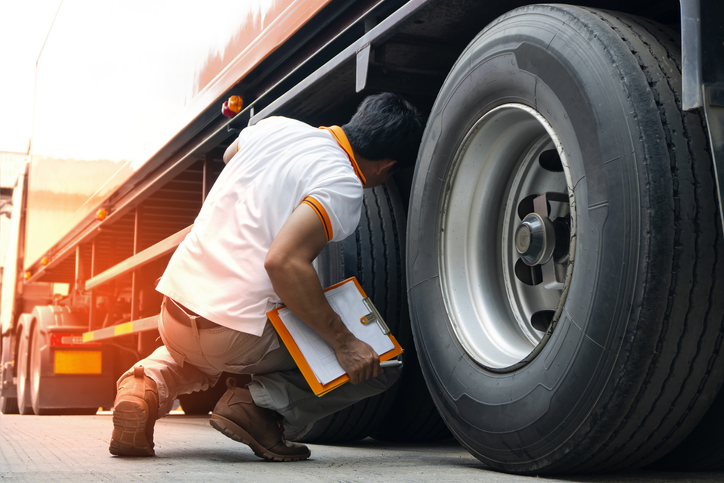Owner-Operators and truck drivers only have a few more days to fully prepare for the Commercial Vehicle Safety Alliance’s Brake Safety week enforcement and inspection. This year – the Brake Safety Week will take place August 21 – 27 throughout the United States, Mexico, and Canada.
During this time, the CVSA inspectors will be performing the North American Standard Level I and V Inspections and reporting this data back to the CVSA.
How to Prepare for Brake Safety Week
During this year’s Brake Safety Week – the area of concern is brake hose/tubing chafing violations. According to the CVSA – brake violations are one of the largest reasons for out-of-service vehicle violations cited during last year’s roadside inspections. Brake systems and brake adjustment violations were about 38.9% of all vehicle out-of-service violations –the most for any one category of violations.
While doing the brake portion of the inspection, officers will be looking for the following
- Missing, non-functioning, loose, contaminated, or cracked parts located on the brake system
- Non-manufactured holes, including rust holes and holes created by friction or rubbing
- Broken springs in the spring brake housing of the parking brake
- Will listen for any audible air leaks around the brake components and lines
- Will ensure the air system maintains air pressure between 90-100 psi
- Check for S-cam flip-over and measure pushrod travel
- Check slack adjusters to ensure they are the same length from the center of the S-cam to the center of the clevis pin
- Ensure the air chambers are the same size on each axle
- Inspect brake-system warning devices such as the ABS malfunction lamp(s) and low air-pressure warning devices
- Will ensure the breakaway system is operating properly on the trailer
- Inspect the tractor protection system, including the bleed0back system on the trailer
Tips for Checking Brake Hose and Tube Tips
During the Brake Safety Week of 2021 – there were 35,764 commercial vehicles inspected in the United States. About 12% of those vehicles were placed out of service due to brake violations.
Below are some tips to check your brake hoses and tubes to help keep your vehicle in compliance and avoid out-of-service violations.
- Inspect the brake hoses and tubing in your pre-trip and post-trip inspections.
- Be sure to report any issues in your driver vehicle inspection reports (DVIR).
- Inspect any brake hoses that have come in contact with the steering, suspension, brake, other components, or the tires or frame.
- Listen for any air leaks and determine where they come from. Be sure to repair any necessary leaks before hitting the road.
- Brake hoses should not be kinked or improperly repaired – pay close attention to this.
- All airlines should not be hanging down or touching the tractor deck or frame.
- If you find that hoses or tubing have made contact with other components – check for any abrasion wear, and secure or protect the hoses from wear and tear.
- If a hose or tubing is chafing and has lowered in diameter or on thermoplastic hoses, the white color is visible – this is considered a violation and needs replaced.
- If a hose is worn that the reinforcement ply is abraded or cut – this is considered an out-of-service condition and should be replaced as soon as possible.
- Ensure all repairs follow the manufacturer’s requirements and guidelines.

